This is the third article on my series discussing speech sound development and when to refer a child to speech therapy.
For previous articles, check out our last two blog posts - on how well others should understand your child.
This article will specifically focus on speech sound development in children ages 6-8. If you have a child in this age range, you may wonder:
What sounds should my child be producing?
This article doesn’t list all speech sounds and age ranges for typical development. Instead, it mentions the last possible age in which common sound errors typically resolve. In other words, if your child does not produce these sounds by the age mentioned, a speech and language evaluation would be warranted.
Six Year Old Sounds
By age 6, children should be producing: th (voiceless) or getting very close. All other sounds should be correct in conversation.
Seven to Eight Year Old Sounds
From age seven and up, children should be saying all sounds correctly. If not, you may want to get a screening or evaluation from a licensed speech language pathologist.
Most Common Errors
The most common sound errors for my current clients in this age range are r, s, z. The second most common set of sound errors for my current clients are sh, ch, l, and th.
Your older child should also be already making the speech sounds in the categories for younger children. For example, your 7 year old should also make the age 3-6 sounds (see those in our previous article).
Also, these articles are not comprehensive lists of speech sounds. If you are looking for more information about other specific sounds, there are many charts online which will give you general guidelines (or talk to your Speech Language Pathologist). They will not be exactly the same as the information listed here, since this article lists the last possible age children will typically acquire specific speech sounds on their own (red flag sounds), not the average age range children acquire these sounds.
Bilingual Considerations
There are additional considerations for sound development if your child is bilingual. So, if this is the case, speak to your Speech Language Pathologist about sound development for your child (depends on the age of your child and the languages your child speaks).
Factors for Progress
If your older child struggles with speech sound production, they are not alone. I work with children, adolescents and teenagers on these skills, and I typically see very good results. My clients who make the most growth typically possess all of the following factors:
1) They want their speech to get better and are motivated to improve
2) They consistently come to speech and complete speech homework
3) They believe that they are capable of improving their speech, and have a positive outlook on their progress
Working with children, adolescents, and teenagers on speech sound production is one of my favorite things to do in my clinic. It’s amazing to see the growth children make in this area. I view my role for older students as a resource, much like a speech coach. I will share tools they need to succeed, helpful pointers, and encouragement. The clients I see do the hardest work: focusing on their sounds, practicing strategies learned, and persisting in a task (even when it is difficult). I really am impressed by the hard work my clients do in their speech therapy sessions every day.
If you have a child struggling with some of these sounds and would like more information, please visit my contact page to schedule an assessment. My clinic is located in Ashland, Oregon and serves clients from all over the Rogue Valley.

